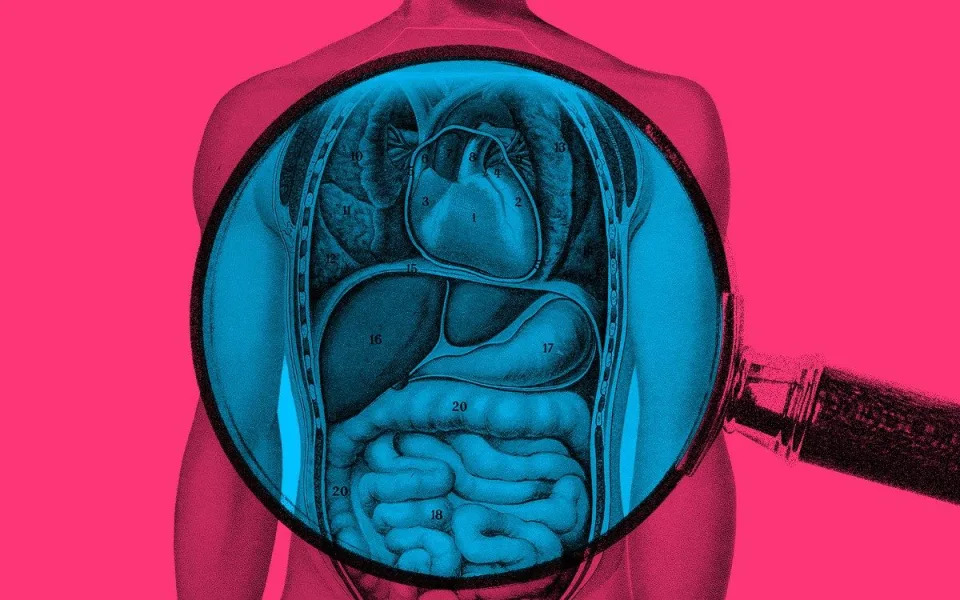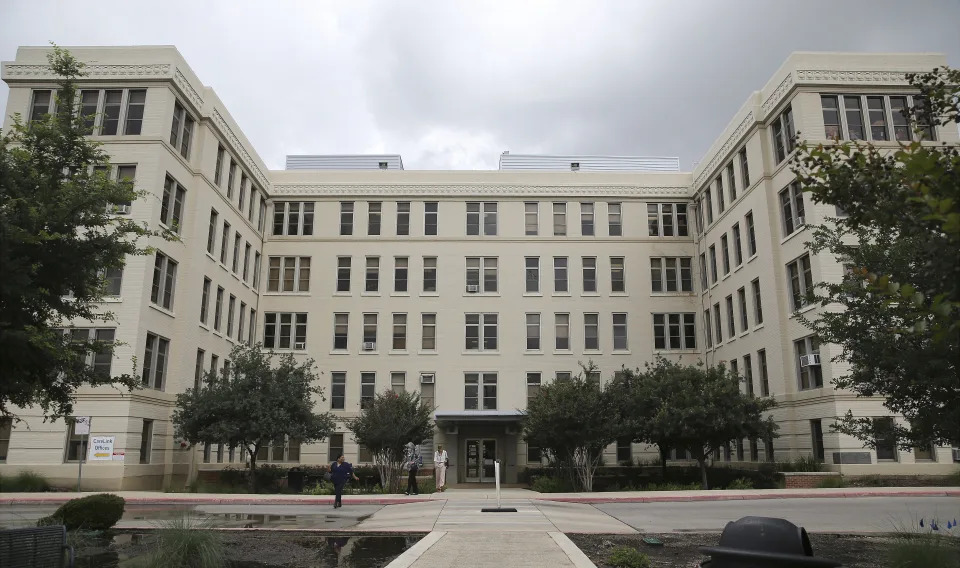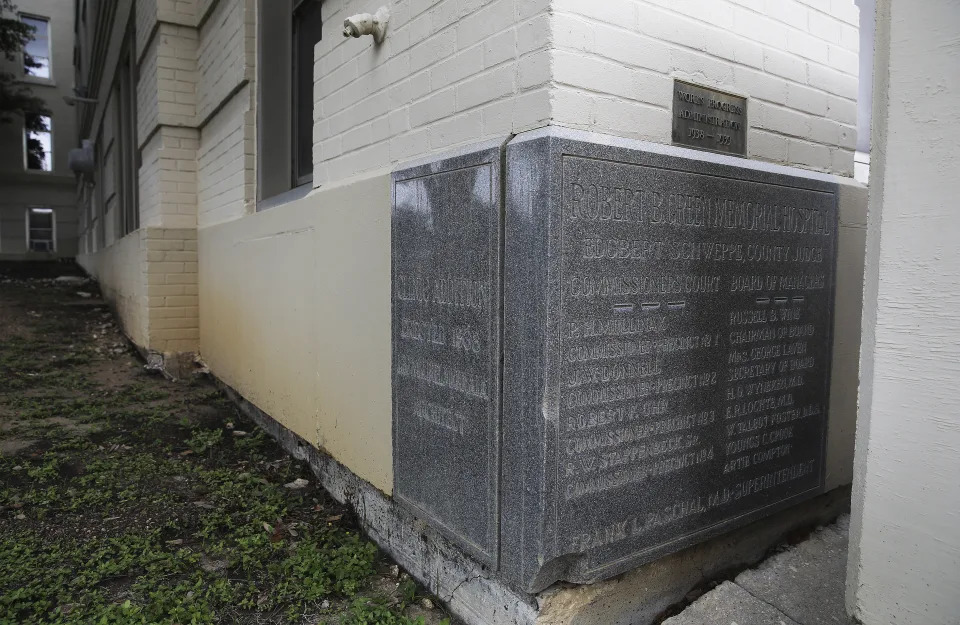New York Times – Opinion
What Will Russia Without Putin Look Like? Maybe This.
Guest Essay By Joy Neumeyer – November 21, 2022
Ms. Neumeyer is a journalist and historian of Russia and Eastern Europe.

Russia’s current condition — militarized, isolated, corrupt, dominated by the security services and hemorrhaging talent as hundreds of thousands flee abroad to escape service in a horrific war — is bleak.
In hopes of an end to this grim reality, some wait expectantly for Vladimir Putin to leave office. To change the country, however, it is not enough for Mr. Putin to die or step down. Russia’s future leaders must dismantle and transform the structures over which he has presided for more than two decades. The challenge, to say the least, is daunting. But a group of politicians is devising a plan to meet it.
Composed of well-known opposition figures as well as younger representatives from local and regional governments, the First Congress of People’s Deputies of Russia met in Poland in early November. The location, Jablonna Palace outside Warsaw, was symbolic: It was the site of early negotiations in the round-table talks that led to the end of Communist rule in Poland. There, over three days of intense debate, participants laid out proposals for rebuilding their country. Taken together, they amount to a serious effort to imagine Russia without Mr. Putin.
The first and most pressing priority, of course, is the invasion of Ukraine. Everyone at the congress opposes the war, which they assume will be lost or lead to nuclear disaster. To deal with the consequences and to prevent a repeat tragedy, they propose an “act on peace” that would demobilize the army and end the occupation of Ukrainian territory, including Crimea; create a joint group for the investigation of war crimes; pay reparations for damaged infrastructure and the families of the dead; and reject future “wars of conquest.” In addition to offering a deterrent to future expansionism, this wide-ranging pledge would provide an essential reckoning with Russia’s history of imperialist invasion.
The officials responsible for the devastation will need to be rooted out, too — something that never happened after the collapse of the Soviet Union. The Congress would bar from working in state and educational institutions those who belonged to “criminal” organizations — such as the Federal Security Services or state television channels — or publicly supported the war, as well as restricting their voting rights. It would also create a “de-Putinization” commission to consider the rehabilitation of certain groups, including those who publicly recant and did not commit especially serious crimes, and open the archives of the security services.
Then there’s the structure of Russia itself. The Russian Federation is highly centralized, with a patchwork of over 80 republics and regions that are strongly subordinate to the president, enabling the accumulation of enormous power. The Congress, drawing on decentralized visions from around the time of the Soviet collapse, proposes to dissolve the Russian Federation and replace it with a new parliamentary democracy. According to a broadly worded draft provision on “self-determination,” the future Russian state should be “joined on the basis of free choice by the peoples who populate it.”
This break with the present could correct the failed promises of the past. From Vladimir Lenin to Boris Yeltsin, modern Russian leaders have a history of offering decentralization to win support and then reneging once they consolidate power. Though all federal subjects are legally equal under Russia’s current Constitution, substantial inequalities persist — a fact that has been highlighted by the disproportionate deployment and death of ethnic minorities from poorer republics like Dagestan and Buryatia in the war in Ukraine.
Revisiting the issue of greater sovereignty could allow the breakaway republic of Chechnya, for example, to leave Russia after its brutal subjugation by Mr. Putin, while enabling regions and republics without strong secessionist movements to renegotiate the allocation of resources and balance of power with the center. It would create a fairer country while undermining Russian nationalism.
The congress is vaguest on its economic plans. One act promises to “review the results of privatization” carried out during the 1990s (which led to the rise of Russia’s oligarchs), while another aims to cancel Mr. Putin’s highly unpopular pension reform of 2020. Missing, however, is a commitment to a strong social safety net or any discussion of transitioning Russia’s economy away from its dependence on energy exports. This is a major oversight. Since the 1990s, when privatization and free elections were introduced simultaneously, wealth and power have been intertwined. Political and economic reform cannot be viewed in isolation from each other.
That’s not the only hitch. The congress’s main organizer and sponsor is Ilya Ponomarev, a leftist tech entrepreneur. The only member of the Russian parliament to vote against the annexation of Crimea in 2014, he left the country, obtained Ukrainian citizenship and now runs a Russian-language news channel in Kyiv. A controversial figure in opposition circles, in August he endorsed the assassination of Daria Dugina, the daughter of the Eurasianist philosopher Alexander Dugin, and asserted it was the work of a secret partisan army inside Russia. This uncorroborated claim outraged fellow opposition figures. Mr. Ponomarev was subsequently disinvited from an event organized by the longtime Kremlin critics Garry Kasparov and Mikhail Khodorkovsky.
Despite their disagreements, Russia’s opposition has a loosely converging vision for the future. Mr. Khodorkovsky and Aleksei Navalny, the country’s most well-known dissident, who is currently languishing in a penal colony, have also issued calls to turn Russia into a parliamentary democracy with more power devolved to the local and regional levels. But associates of Mr. Navalny did not attend the congress, nor did Mr. Kasparov or Mr. Khodorkovsky. Its legitimacy — already challenged by a number of Russian antiwar organizations that said it does not represent them — was also questioned by some participants, several of whom left in protest over what they saw as a lack of equality and transparency in how it was being run.
Such feuding doesn’t help the proposals, which can seem far-fetched. Yet history shows that radical developments are often incubated abroad or underground. In the late 19th and early 20th centuries, political émigrés in bickering communities around Europe plotted the downfall of the Russian empire. Among them was Vladimir Lenin, who was living in Poland at the outbreak of World War I.
For now, with most of Russia’s population forced into quiescence while others lose their jobs or freedom for expressing dissent, the possibility of the country’s transformation appears remote. Change, however, can come when it’s least expected. In early 1917, a pessimistic Lenin lamented that he probably wouldn’t live to see the revolution; a few weeks later, the czar was overthrown.
Russia is no more doomed to repeat the past than any other country. The time to reimagine its future is now.















